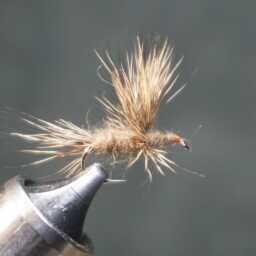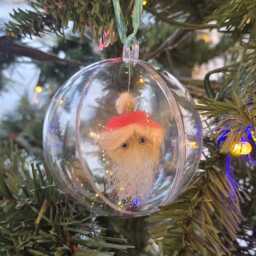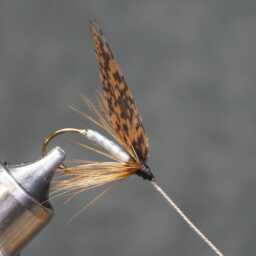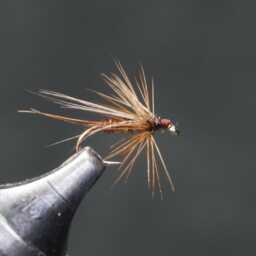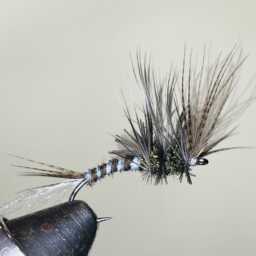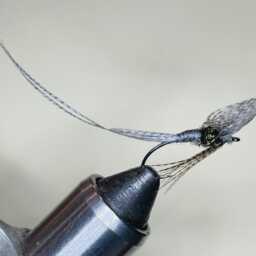The grey partridge, also known as the English partridge or Hungarian partridge, is a gamebird in the pheasant family. Scientifically named Perdix perdix, its Latin origin comes from Ancient Greek perdix.
This rotund bird has a brown back, grey flanks, and chest, with a white belly usually marked with a chestnut-brown horse-shoe mark. Hens lay up to twenty eggs in a ground nest, often found in the margin of a cereal field, typically winter wheat.
Key Measurements:
- Length: 11.8–13.0 in (30–33 cm)
- Weight: 13.6–17.6 oz (390–500 g)
- Wingspan: 20.9–22.1 in (53–56 cm)
The primary difference between sexes is the cross of Lorraine on the tertiary coverts of females, marked with two transverse bars. Young partridges are yellow-brown and lack distinctive markings. The song is a harsh, high-pitched kieerr-ik, and they fly short distances when disturbed, often calling rick rick rick.
Grey partridges are seed-eating, with young ones relying on insects for essential protein. During the first 10 days of life, they can only digest insects. Parents lead chicks to cereal field edges for insect foraging.
In the context of soft-hackle flies, beards, and collars, Hungarian partridge is considered the best material. It is essential for serious nymph and soft-hackle tiers, especially for proper caddis pupae imitation in natural colors.
« Back to Glossary Index

